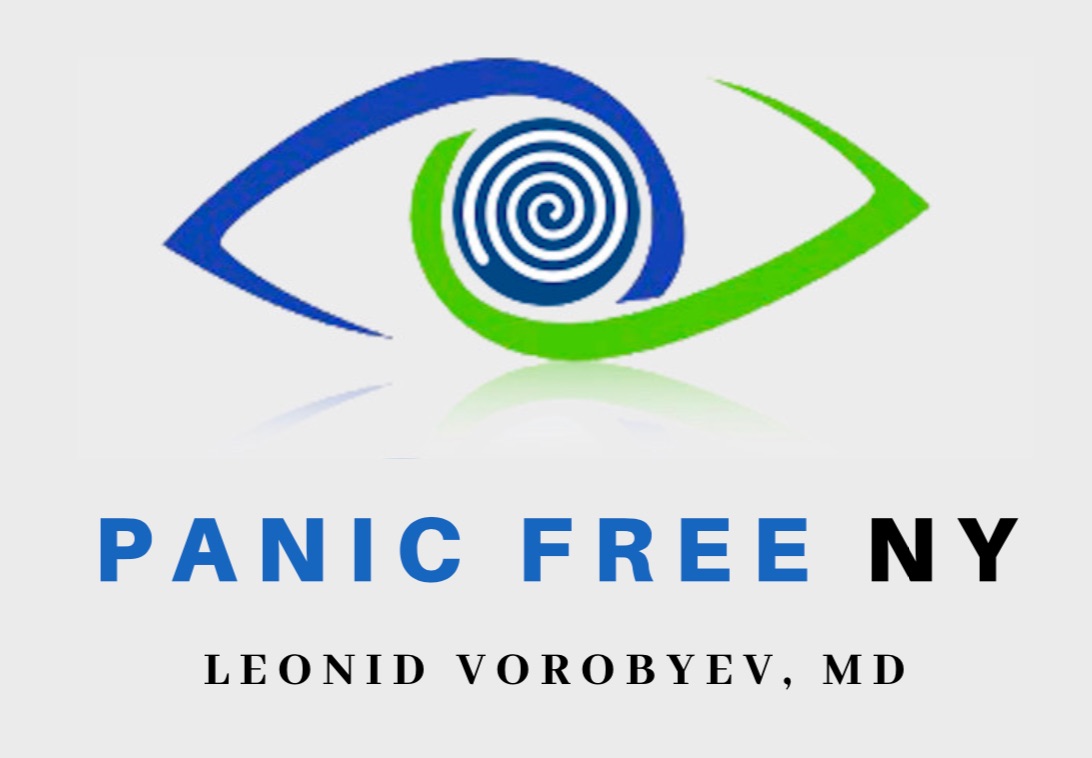
Attention-Deficit/Hyperactivity Disorder (ADHD) according to Diagnostic and Statistical Manual of Mental Disorder (DSM-IV) is a developmental disorder initially appearing in childhood and manifests itself with symptoms such as hyperactivity, forgetfulness, inattentiveness, and distractibility. ADHD is believed to affect between 3-5% of the United States population, including both children and adults. ADHD is most commonly diagnosed in children and, over the past decade, has been increasingly diagnosed in adults. It is believed that around 60% of children diagnosed with ADHD retain the disorder as adults. . The prevalence among children is estimated to be in the range of 5% to 8%, and 4% to 8% in adults. 10% of males, and (only) 4% of females have been diagnosed. This apparent sex difference may reflect either a difference in susceptibility or that females with ADHD are less likely to be diagnosed than males. ADHD can carry serious consequences to the daily functioning of those affected. The presence of a comorbid condition can have even more powerful cognitive and social impact on a patient’s life.
In different countries disorder is known as hyperkinetic syndrome, minimal brain disorder, minimal cerebral dysfunction, deficits in attention, motor control and perception,
Epidemiological studies show that patients with ADHD tend to have a high rate of coexisting psychiatric and learning disorders. Anxiety is observed in about 1/3 of children with ADHD. Some studies show that up to 50 % of ADHD patients will have anxiety in their adulthood. Depression found in 23% of hyperactive patients and they believed to have
The DSM-IV divides ADHD into three subtypes: predominantly inattentive (sometimes referred to as ADD), predominantly hyperactive-impulsive, and combined. Those presenting impairing symptoms of ADHD who do not fully fit the criteria for any of the three subtypes can be diagnosed with “ADHD Not Otherwise Specified”.[
The symptoms of ADHD fall into the following two broad categories:
Inattention:
- Poor attention skills, especially dealing with details or making careless mistakes when doing schoolwork or other activities
- Unfocused during play or tasks
- Appearing not to listen when spoken to
- Failure to follow instructions or finish tasks
- Avoiding tasks requiring mental effort and organization, such as school projects
- Frequently losing items required to facilitate tasks or activities, such as school supplies
- Excessive distractibility
- Forgetfulness
- Procrastination, inability to begin an activity
- Difficulties with household activities (cleaning, paying bills, etc.)
- Difficulty falling asleep may be due to too many thoughts at night
- Frequent emotional outbursts
- Easily frustrated
- Easily distracted
Hyperactivity-impulsive behavior
- Fidgeting with hands or feet or squirming in seat
- Leaving seat often, even when inappropriate
- Running or climbing at inappropriate times
- Difficulty in quiet play
- Frequently feeling restless
- Excessive speech production
- Answering a question before the speaker has finished
- Failure to await one’s turn
- Interrupting the activities of others at inappropriate times
- Impulsive spending, road rage (adults)
According to international medical research ADHD is regarded to be a non-curable disorder for which, however, a wide range of effective treatments are available. Methods of treatment usually involve a combination of medications, where psycho-stimulants are more
Only recently adult form of ADHD came to community awareness. Many adults do not realize that they have problems until their own child is diagnosed with the disorder. Only then do they recognize the pattern of problems they have faced since childhood. People then realize that their lack of focusing, disorganization, frequent procrastination interfering with their life, have a name. This name is ADHD.
Fortunately, there are medication treatment and psychotherapy strategies helping with one’s constant frustration and underachievement.

